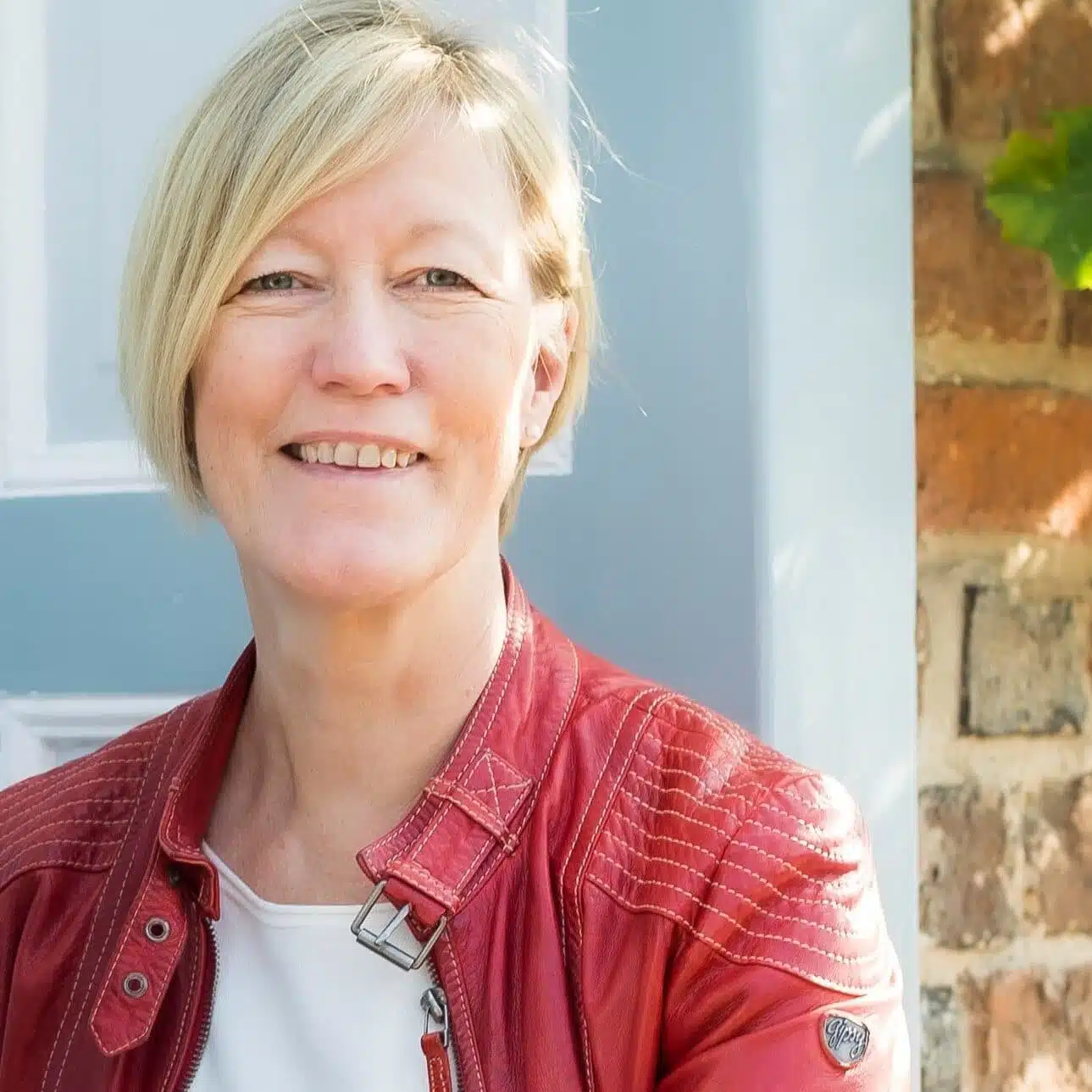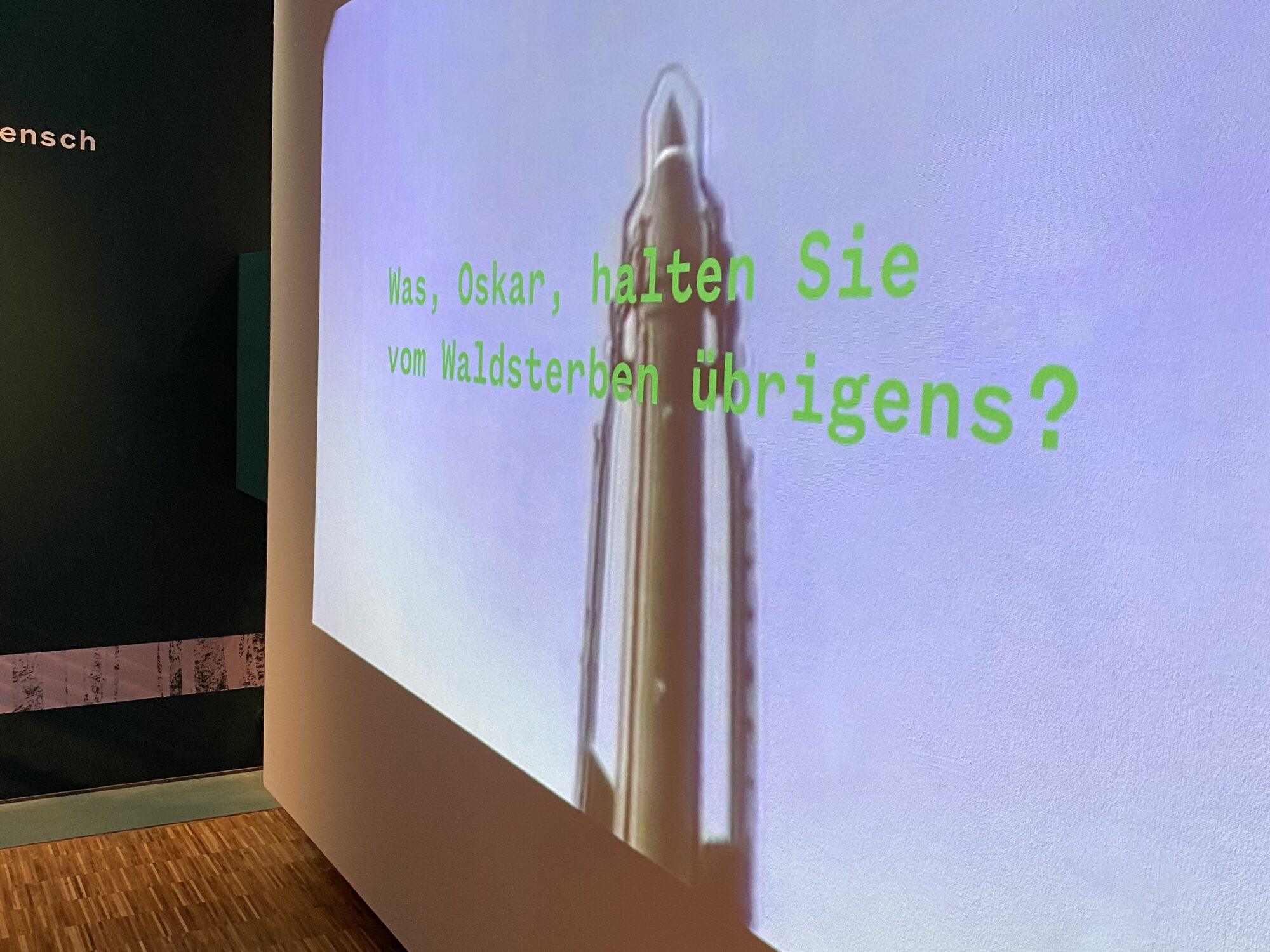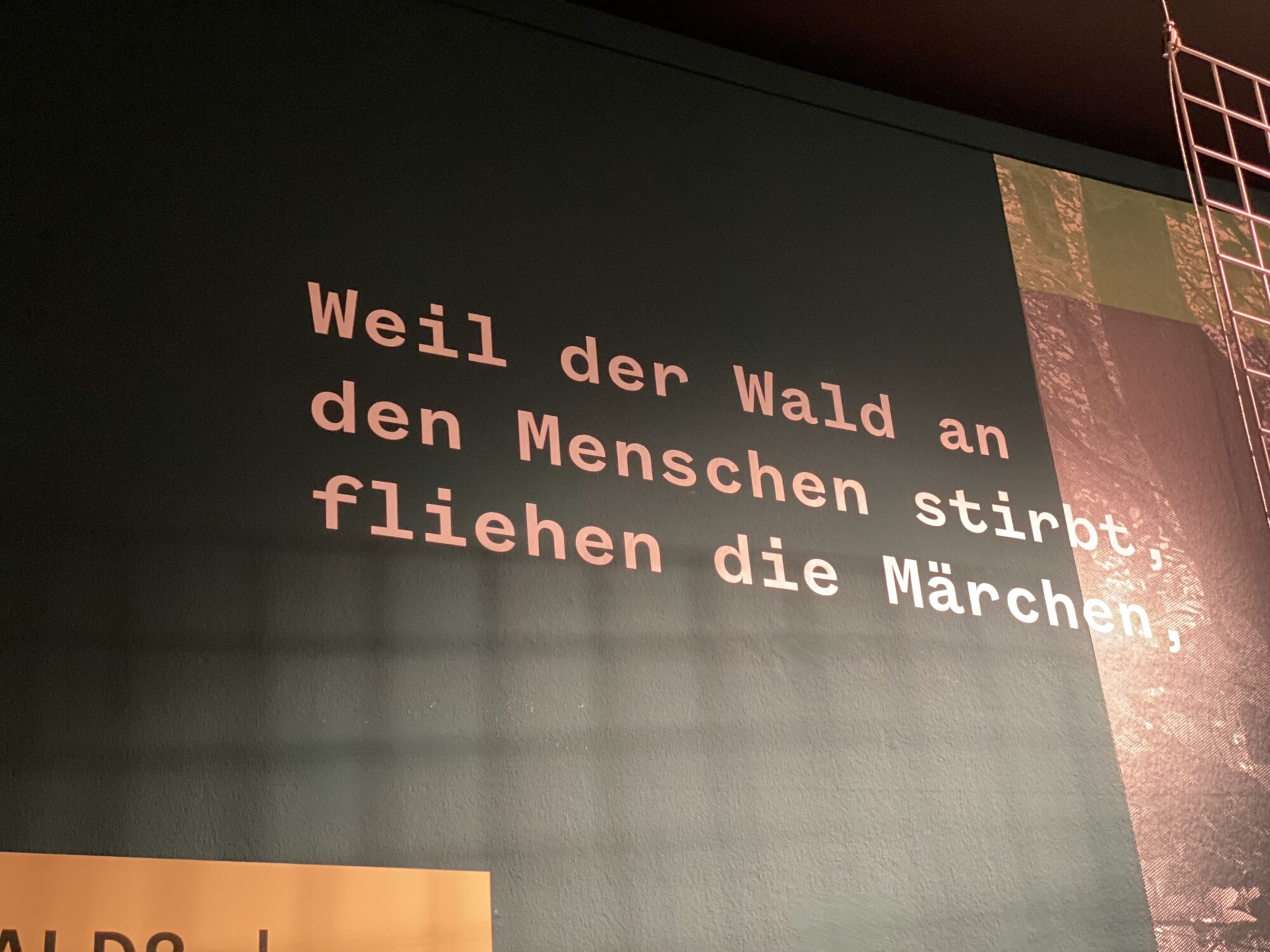A visit to the new exhibition in the Günter Grass House
“Acid Rain.” This is the first keyword that pops into my head when I read the announcement for the new special exhibition “Into the trees” at the Günter Grass House in Lübeck. Not surprising. After all, I am an “Eighties girl” who consciously witnessed the impending crisis of the German forest at that time against the backdrop of the colourful pop world around Madonna’s “Like a virgin”, the first US series on German television, the arms race and the Chernobyl disaster. For this reason, I was immediately curious to know what might be behind the title of the special exhibition, which runs until January 27, 2022.
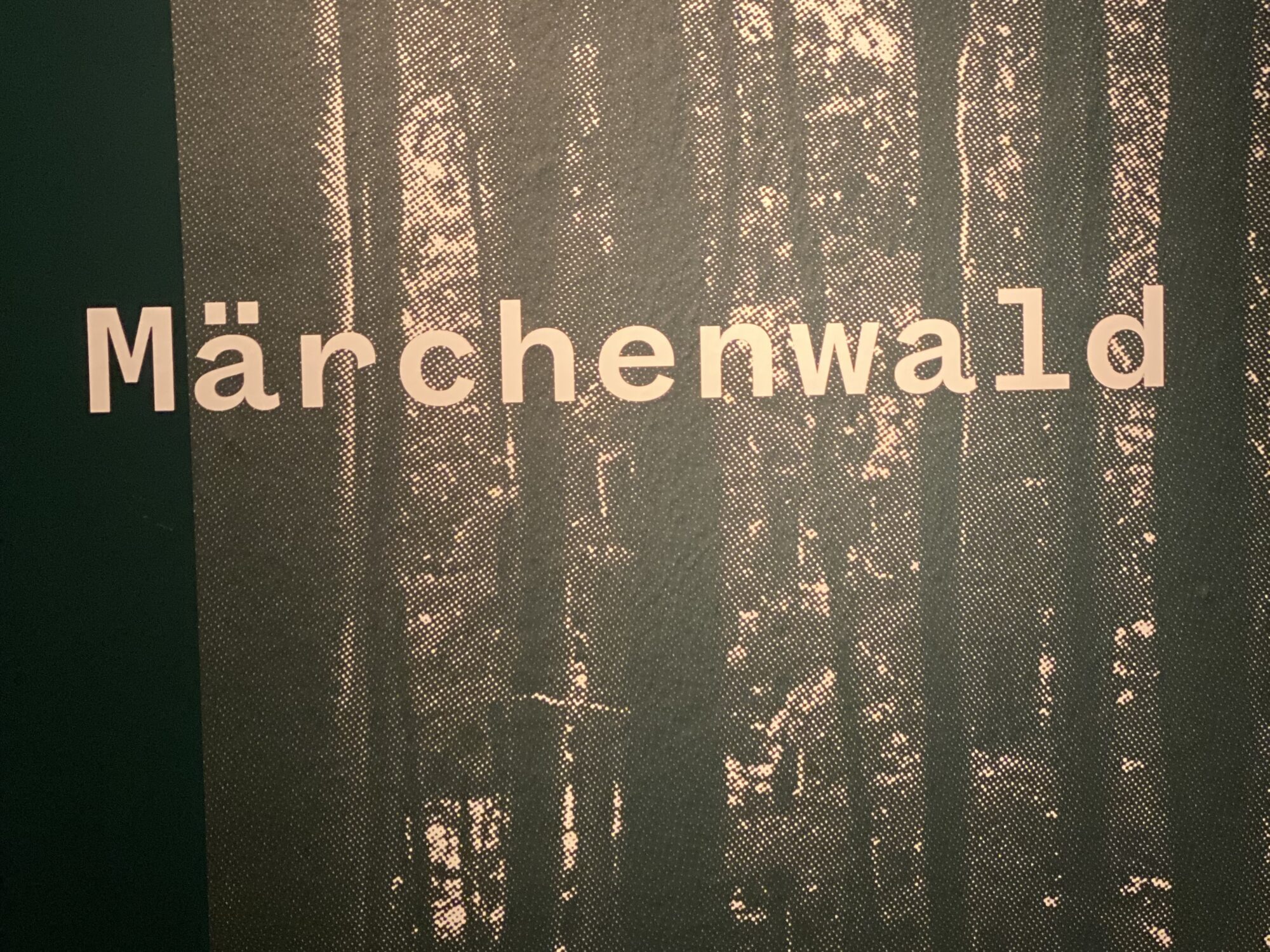
The Fairy Tale Forest by Günter Grass
By no means is it about the fairytale forest. At least not about the fairytale forest as such. The special exhibition is intended to transcend interdisciplinary boundaries and make a topical contribution to social discourse. Especially since the Nobel Prize winner Günter Grass already dealt with the topics of environmental protection and forest dieback in many different ways in the 1970s and 1980s, thus taking up a socially relevant topic even back then.
The special exhibition shows 30 works of visual art as well as manuscripts by Nobel Prize winner Günter Grass.
The Günter Grass House is now showing 30 visual art works as well as manuscripts by the Nobel Prize winner, including etchings, charcoal, sepia and red chalk drawings, lithographs, watercolors and bronze sculptures, and is divided into three thematic areas.
The forest as a retreat
The first of these is the “Forest as a Retreat for Günter Grass“. The exhibition visitor is immersed in this “ideal world”, the place that gives people strength and strengthens them. On the Danish island of Møn, the Grass couple had a vacation home bordered by a large beech forest. Beech trees play a significant role in this part of the Grass plant. Grass also created forest poems. These are related to the paintings in the exhibition. Listening stations allow for a more in-depth introduction to the poems.
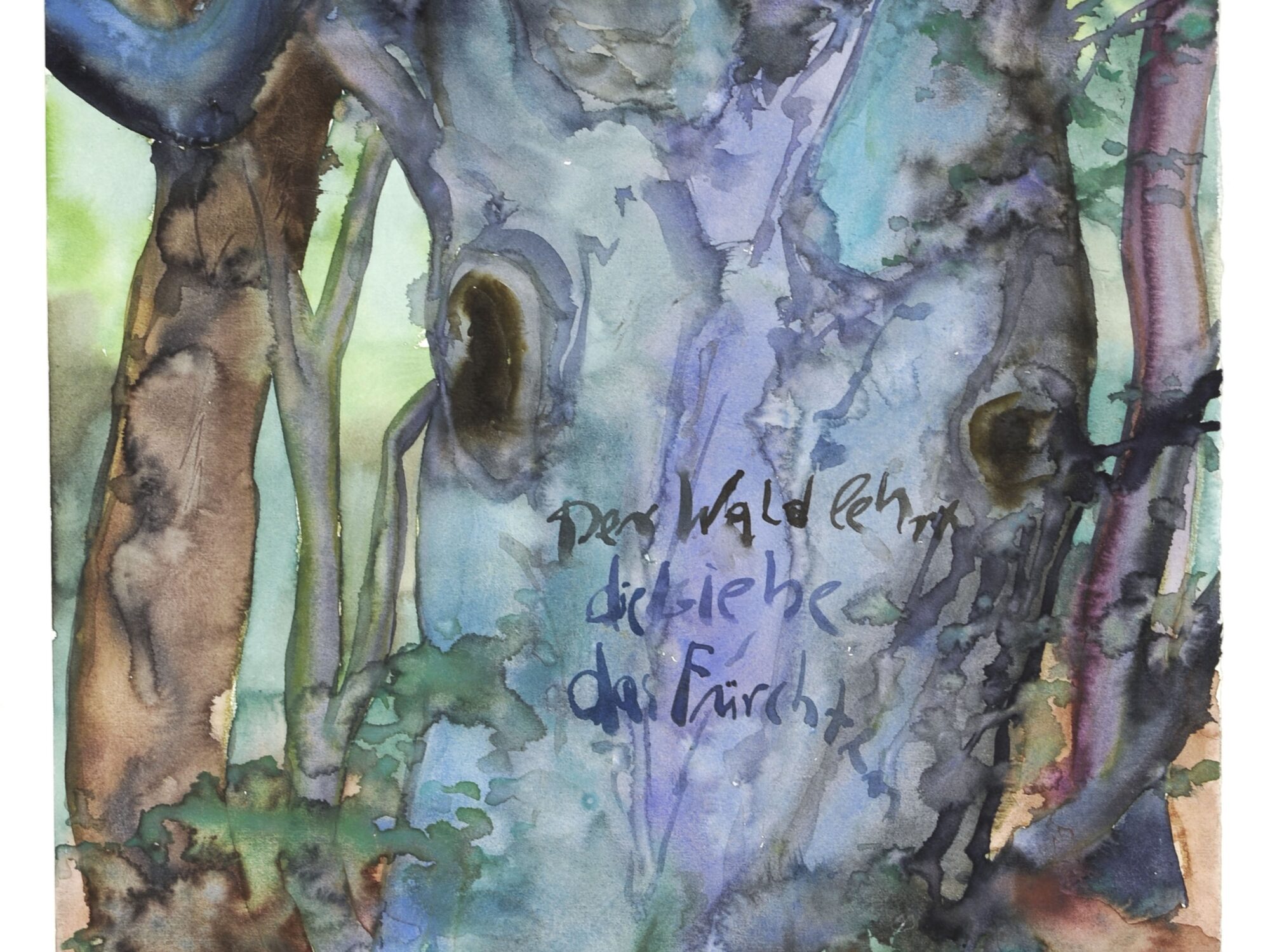
The destruction of nature
In the second part, the exhibition is devoted to the question of the destruction of nature by man. The novel “Die Rättin” and the fairy-tale forest in this work have a special place here, since the apocalyptic mood of the 1980s was processed in it.
Günter Grass understood the death of the forests as the loss of culture and the death of the fairy tales that were 18. and 19th century made such a central point in the literature. Grass said in a conversation about the forest in January 2011:
“I wrote about how our children and grandchildren no longer have the chance to get lost in the forest, which is something wonderful along with the fears you learn to overcome – it also plays a role in “Butt”. Now there are paths everywhere. No one dares to deviate from the path, to strike into the thicket and simply get lost. With the loss of such forests, fairy tales also lose their background.”
Günter Grass, January 2011
The world of the 1980s
Finally, part three is dedicated to the world of the 1980s. Visitors to the exhibition can get closer to the latter by means of a specially produced film installation with original recordings that establishes the context of this contradictory decade between punkers and poppers, between the Greens and Helmut Kohl’s “spiritual-moral turn.
The aim of the exhibition
By the way, the exhibition title“Into the trees” is a reminiscence of the song“A Forest” by The Cure from 1980:
One of the important goals of the work of the Günter Grass House is to interest new and younger target groups in the work of Günter Grass and to leave the beaten path of mediation. So also this time.
An arc will be drawn between the artistic exploration of environmental protection and forest and cultural extinction in Grass’s works and the current climate protection movement. The programme which accompanies the exhibition with readings, walks, workshops for children, and an Instagram campaign also serves this purpose. Under the hashtag #hhgintothetrees, the team of the Günter Grass House is expecting images around the theme of the forest.
The youngest guests have also been thought of in the exhibition: In the children’s corner, the popular forest monster “Grüffelo” is waiting for young talents who want to do as the painter Günter Grass did and paint the walls.

The return to nature
The Günter Grass House sees itself as a “social entity,” as the director of the house, Dr. Thomsa, puts it. The references of the special exhibition to the reality of our lives could not be more current. We are currently experiencing an unprecedented return to nature, which is not solely due to the pandemic. Forest bathing, herb tours, vegetable and fruit growing in private gardens and arbors. These are topics to which many Millenials devote themselves with great enthusiasm.
I like the fact that the makers of the exhibition have chosen a low-threshold approach to introduce the rather depressing topic of environmental destruction in Günter Grass’s diverse artistic work. Quotes and sound elements set the emotional mood for this discourse.
Do not be sad. Fight back.
With this encouraging sentence I leave the Günter Grass House. And with the observation that the 1980s were indeed quite shrill and weird. I mean – quite honestly: Vadder Abraham. I had already completely forgotten about him…
All information about the special exhibition can be found here:
